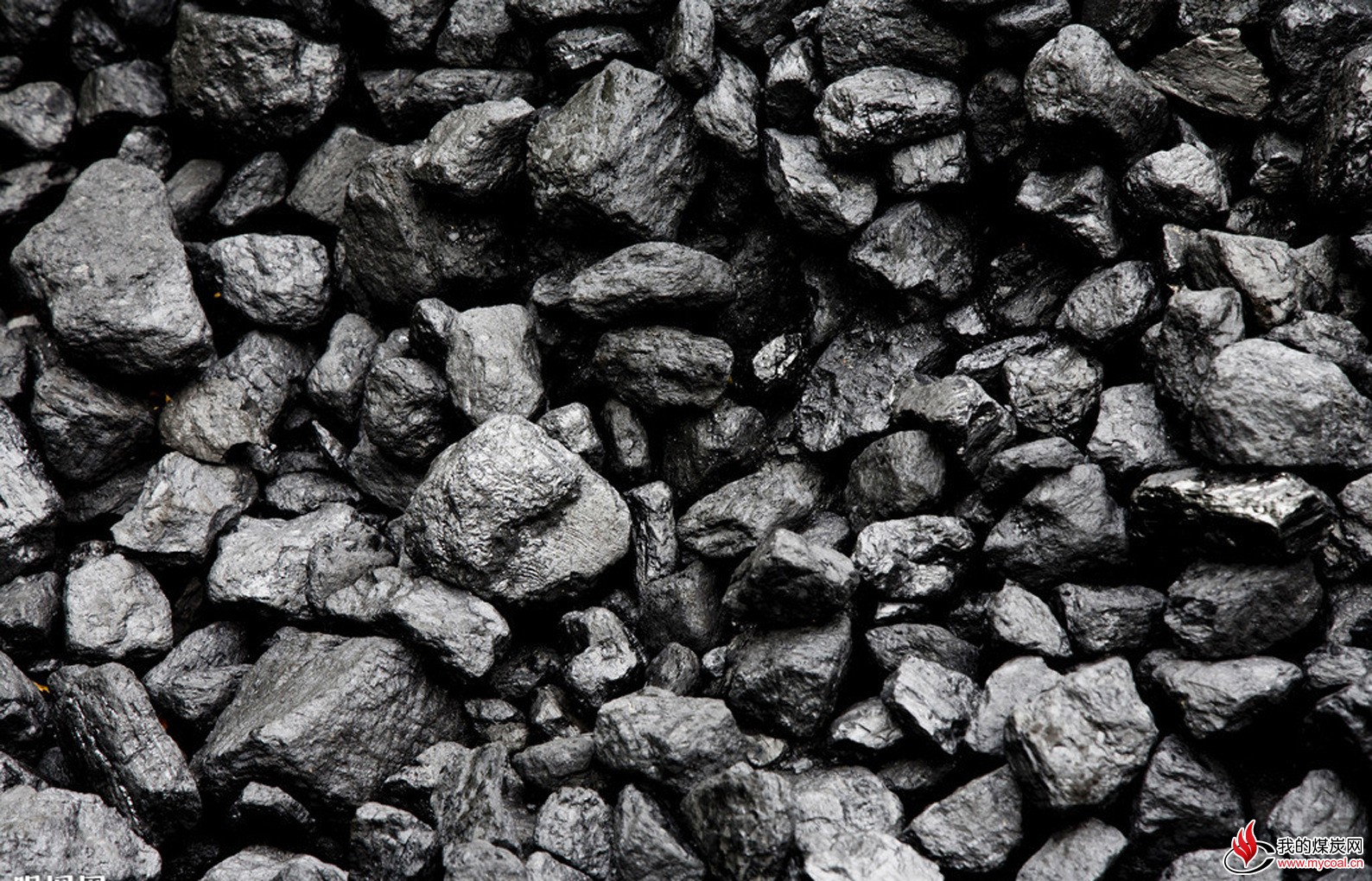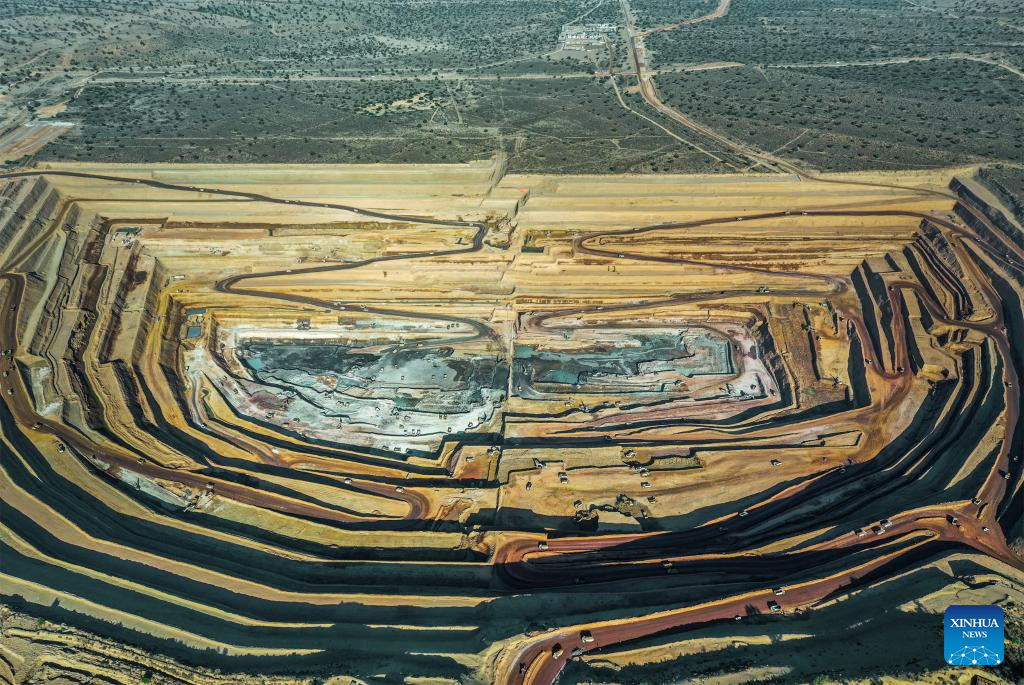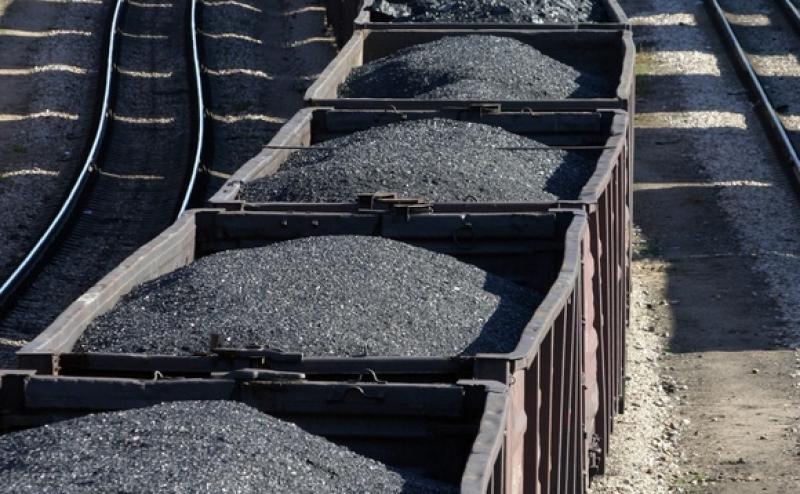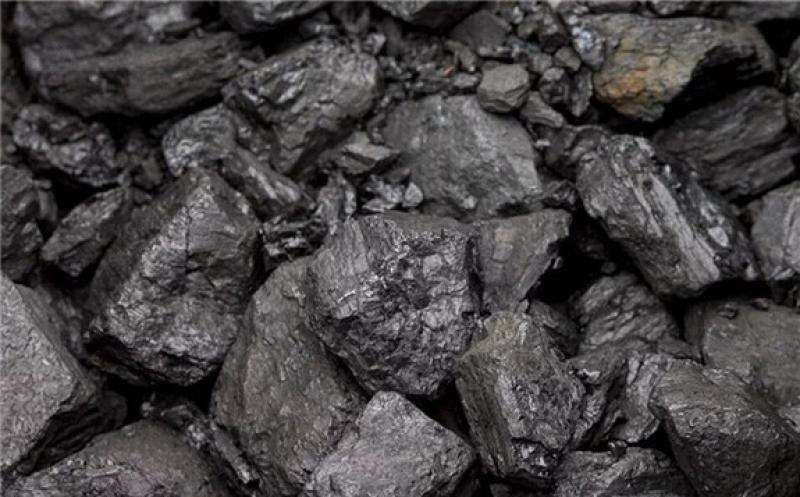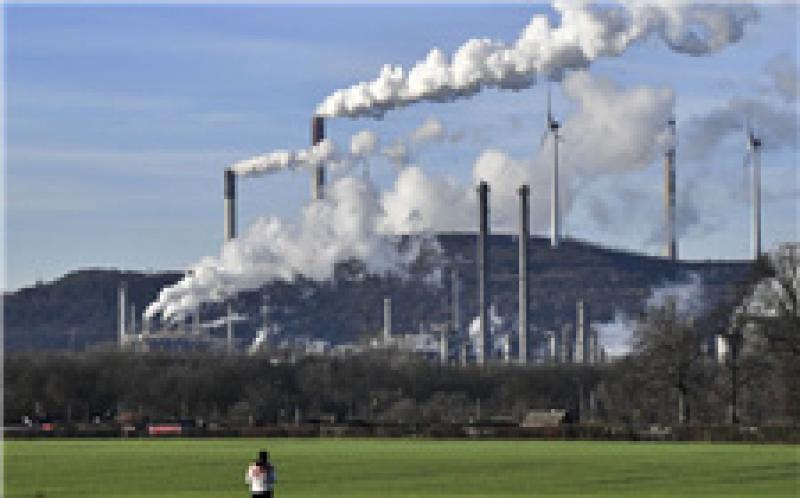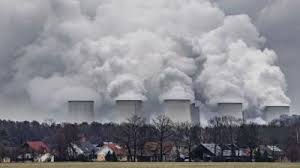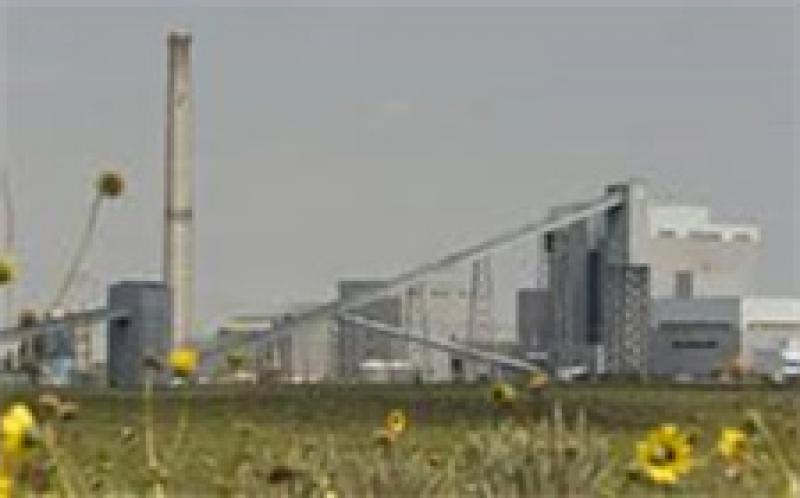
The study explains that while it may be physically possible to blend up to 20% H2 (by volume) into gas grids without massive infrastructure changes, there are “multiple disadvantages that limit the prospects of this option” and many challenges that “outweigh the benefits”.
“A 20% fraction only represents about 7% in energy terms (due to the difference in molecular weight), which means blending could achieve, at best, only 7% CO2 emissions reduction,” explains the report, Global Hydrogen Trade to Meet the 1.5C Climate Goal: Part II — Technology Review of Hydrogen Carriers.
And because H2 is far more expensive than natural gas in energy terms on a per-joule basis, “as hydrogen is blended into the grid, it will progressively increase the gas price, which has to be compensated by the government through subsidies (not sustainable) or paid by the end consumer (increasing energy process and potentially leading to equity issues)”.
The report continues: “Blending leads to limited CO2 benefits and to a large increase in energy cost. This translates into a very high cost of mitigating the GHG emissions of natural gas. Given the current production cost for renewable hydrogen, the cost may be above $500 per tonne of CO2, for most gas prices.”
This would place it among the most expensive possible ways to limit CO2 emissions — potentially even higher than direct-air carbon capture, which Climeworks currently prices at $1,000 per tonne of captured CO2, but expects to fall to $200 within four years.
German climate think-tank Agora Energiewende calculated in a study last year that adding 20% hydrogen to the gas grid would increase consumer heating costs by 33% in 2030.
In addition to concerns over cost and the limited climate benefits, Irena explains that there are significant technical issues with hydrogen blending.
“Each component of the gas network has a different tolerance to hydrogen. The limit for the network is defined by its least tolerant component. Existing has turbines, compressors, metering equipment, CNG [compressed natural gas] tanks and industrial users are among the most sensitive components.
“Most downstream [gas] users are tolerant to a few percentage points of hydrogen… This means that if any of these applications is on the network, the blending limit will be low.”
Similarly, “once the hydrogen is mixed into the grid, it cannot be directly used as hydrogen (eg, for fuel cells)”, the report adds.
“There are multiple technologies available for separating the hydrogen from the natural gas (eg, pressure swing adsorption, membranes, cryogenic separation), but this comes at a relatively high cost that makes it unattractive. The cost is at least $1.5/kg [of hydrogen] in the best case and around $7-8/kg for a more realistic case.”
Other challenges include the seasonality of gas demand — more is used in winter for heating, while the hydrogen supply would be relatively fixed all year; a lack of regulation and quality standards for hydrogen/methane mixes; varying blending limits in different regions due to the natural variations in fossil gas; and the fact that blending has not yet been proven at scale.
The study concludes by dismissing hydrogen blending as a useful tool in the climate fight “as the challenges outweigh the benefits”.
Recent reports by Germany's Fraunhofer Institute for Energy Economics and the US-based energy and climate think-tank Energy Innovation, released in March, came to similar conclusions.
“The existing body of research suggests blending hydrogen with natural gas for use in buildings or for power generation is highly inefficient and does little to reduce GHG emissions,” said the Energy Innovation report. “Instead, it might thwart more viable decarbonization pathways while increasing consumer costs, exacerbating air pollution, and imposing safety risks.”
Fraunhofer’s study stated that blending would be expensive, wasteful, technically complex to achieve and would reduce carbon emissions by a far lower amount than other uses of that H2. “Therefore lending, even at low percentages, constitutes a sub-optimal pathway for the deployment of hydrogen and should be avoided,” it concluded.
Gas companies argue that blending would allow a fast ramp-up of clean hydrogen projects as networks would be guaranteed off-takers, and that it would also help reduce carbon emissions in the short term — ahead of 100% hydrogen use in grids, even though the volume of clean H2 required to do that would be almost impossible to obtain.
Critics believe blending to be little more than greenwashing by gas distributors and producers as part of a bid to extend the use of fossil fuels and allow an ultimately unsustainable business model — in climate terms — to continue in the short to medium term.
